Interested in becoming a storm chaser? You’re in the right place!
In this article we will:
- Learn who storm chasers are and why they do it.
- How the National Weather Service uses information gathered by storm spotters and storm chasers to help everyone be safer.
- How to find a storm-chasing mentor.
- How to conduct your own storm chase.
You may have seen exciting video footage of a tornado or thunderstorm on TV or YouTube, or perhaps you have seen storm chasers on reality TV or in the movies Twister (1996) or Into the Storm (2014). Some of the footage you see is from people who just happen to have a camera handy when a storm comes their way, but the best of it is probably shot by Storm Chasers who make it their business to go out and observe radical weather first hand.
Seeing a violent storm up close, feeling the strength and violence of the wind and feeling the bite of the rain and hail can be a frightening and exciting experience at the same time. In fact, the whole idea of storm chasing seems a little crazy to most people who are more likely to seek shelter when that a storm is coming.
For people who do enjoy the thrill of experiencing violent weather firsthand, there is the satisfaction that even a clip of a storm shot with a phone camera can help researchers and scientists to better understand tornadoes and thunderstorms.
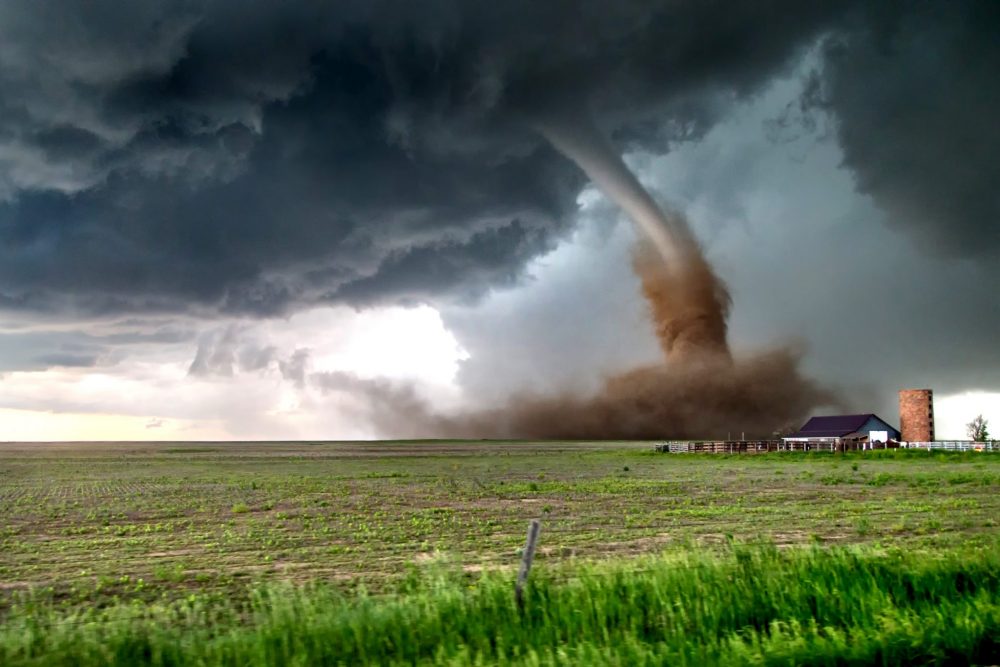
Photo by Brian A Morganti/stormeffects.com
What Is A Storm Chaser?
A Storm Chaser is anyone who looks for heavy weather conditions, no matter what their motivation. They may be interested in collecting scientific data, producing news or media coverage, seeking adventure, or simply curious to know what it is like in a severe storm. Very few people actually make a living as storm chasers. Most of the footage and data available comes from people who take up storm chasing as a hobby.
The National Weather Service does not encourage people to take up storm chasing, in fact, since their mission is the protection of life and property from the damaging effects of weather, NWS does all they can to keep people away from dangerous storms. However, the Service does provide training for Tornado and Thunderstorm Spotting, and spotters are a vital link in the heavy weather warning system.
As exciting and dangerous as storm chasing can be, it is probably not the best pastime for an adrenaline junkie. Yes, there will be a lot of adrenaline if you actually find yourself face to face with a tornado, but the chances to actually see a storm up close can be few and far between. Probably the easiest way to enjoy storm chasing is to sign up for a storm chasing tour group.
These can cost thousands of dollars, and even though they take reservations months in advance of tornado season, none of the operators can really guarantee to get you up close and personal with a major storm. You can expect to spend the entire 6-10-day tour crisscrossing the Great Plains in a van with the possibility of seeing nothing more than some beautiful scenery.
Check out F5 Tours, Silver Lining Tours, or Tempest Tours to see what is included in their packages.
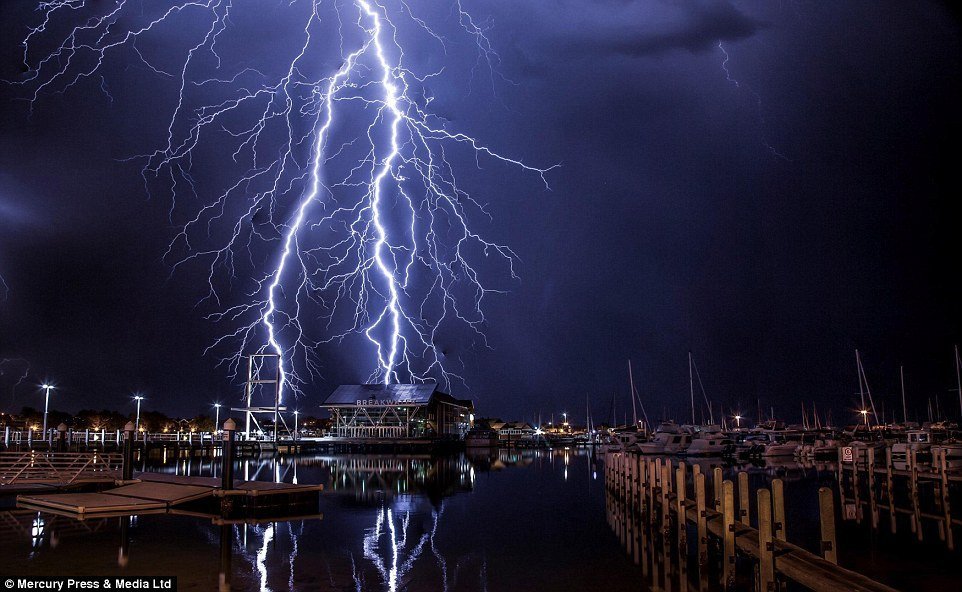
It is possible for a new storm chaser to “go for it alone”, but it is better and safer to find a mentor, an experienced storm chaser who knows what they are doing to show you the ropes. Of course, the best mentors will be someone who has a great deal of storm-chasing experience, and they are also the sort of people who will have little patience with someone who is not going to take the hobby seriously.
An online forum like Stormtrack is a great place to learn about storm chasing and to introduce yourself to experienced storm chasers.
Here are some tips that will help an experienced storm chaser take you seriously. Begin by learning as much about storms and weather as you can.
Training as a storm spotter with the NWS is a good way to show that you take learning about weather seriously.
Making observations on a home weather station and recording them is another way. Remember, you don’t always have to chase storms to learn about them, sometimes they will come to you. Learning to understand everything that your weather station is displaying and what it means is a great education for a beginning storm chaser. With the correct accessories, you can even display your home weather station data on your personal weather website and connect to an online weather station network.
Storm Chaser Equipment & Skills Needed
There are a few skills that storm chasers need to develop in order to get the most out of their hobby. The first is to learn how to monitor a VHF radio for weather alerts from the National Oceanographic and Atmospheric Administration. Portable VHF radios are probably the most useful because you can leave them plugged in while you are monitoring and take them in the vehicle with you during a chase. Our recommended choice is the Uniden MHS75 that you can find on Amazon.
Last update on 2025-10-24
Last update on 2025-10-18
Consider a vehicle-mounted weather station. We’ve written about this in another article, but in summary, our recommendation is the Davis Instruments 6250 Vantage Vue.
Once you have determined that there is a storm in your area to chase, locate it on a map and program the information into a GPS device. It is best for storm chasers to work as a team of at least two. The driver needs to keep his full concentration on not only the normal hazards of driving, but heavy weather can present sudden and unexpected hazards, such as flooded roads, downed power lines, low visibility, and other confused drivers who are not prepared for the same dangers.
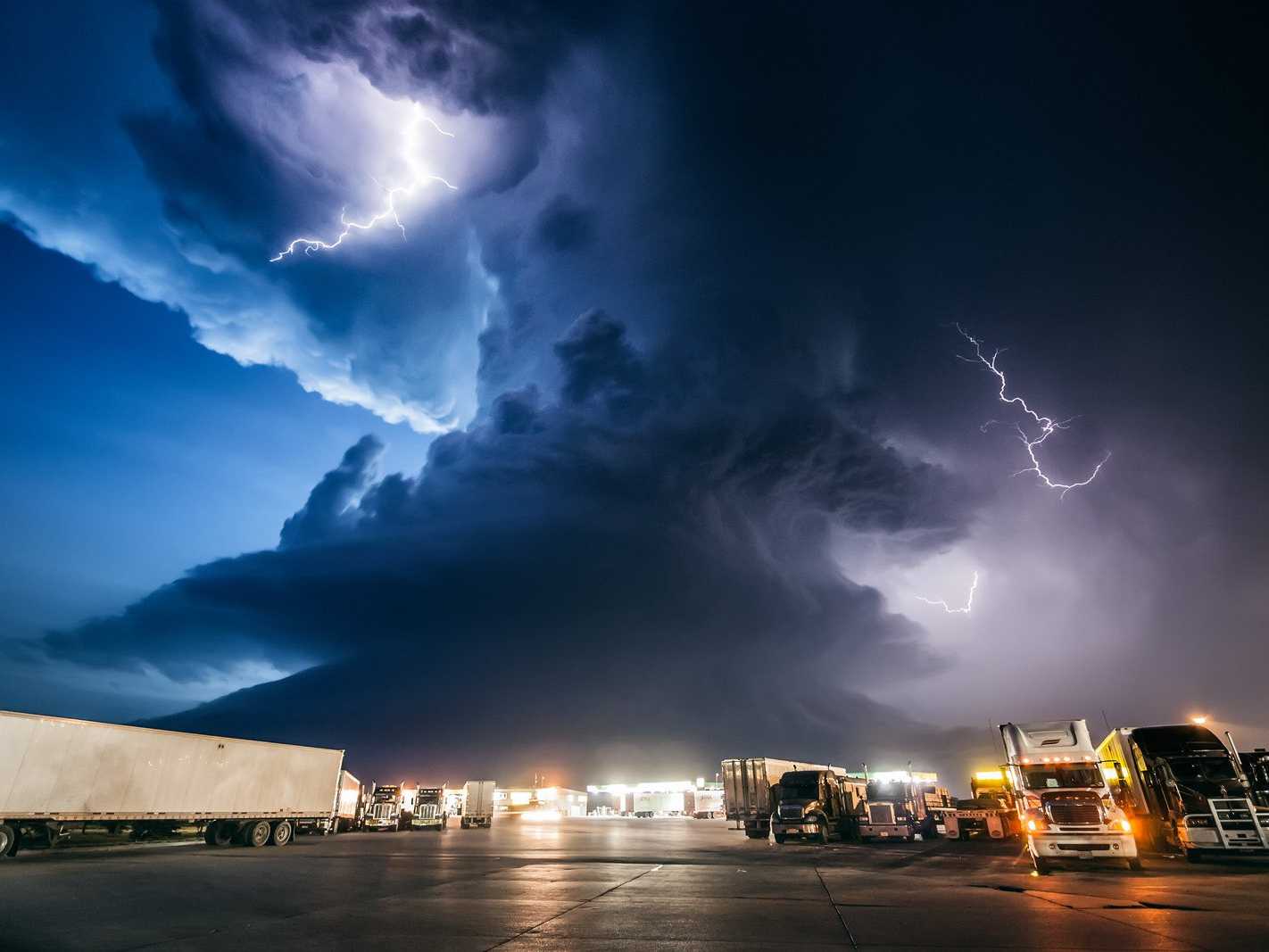
One of the team members should take care of all the navigation duties, tracking the storm’s progress from the radio, finding its location on the map, and tracking the data from a GPS device. When the tornado or thunderstorm is in sight, drive parallel to its track to follow it. When it is safe, pull to the side of the road, turn on the hazard flashers, and take pictures of the event. It is best to remain inside the vehicle while recording to protect against a lightning strike.
Even though your team will be tempted to get as close as possible to get the best pictures, keep the following in mind for safety.
The hazards of driving in heavy weather include standing water on the road which can cause hydroplaning and a loss of control, low visibility, hail which can make the road slick and damage the vehicle, and heavy winds that can make it hard to control the vehicle.
Break off the chase and move towards safety when lightning begins striking every 15 seconds or hail begins falling in sheets.
After a successful storm chase, you can submit a recording to the event to a branch of the National Weather Service who will use your images to create a better understanding of weather hazards, post the video on your website or on YouTube, and then congratulate yourself for facing and experiencing Nature’s fury up close and personally.
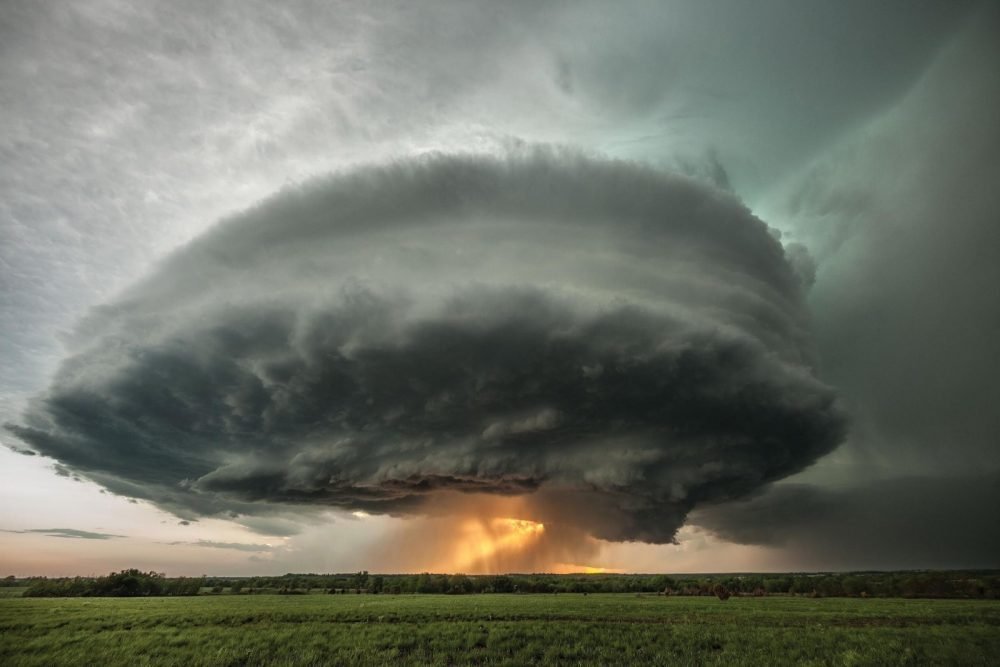
The Final Question: Can I Make Money From Storm Chasing?
In all honesty, most will never make a living from storm chasing. That doesn’t mean it’s impossible though. Storm chasers can definitely earn a decent living from multiple streams.
Selling Storm Footage
Based on research done in 2020 online, it seems to be the case that news cases will often be willing to pay $400-$600 for quality storm footage. Take that with a grain of salt: the value of the footage will vary a lot. Certain areas, such as those with higher risk, may pay (substantially) higher too.
Offering Storm Chasing Tours & Expeditions
Once you’re a very experienced storm chaser, you can make money by taking people on tours yourself. It’s entirely possible to earn thousands of dollars from taking other enthusiasts out with you to experience the thrill.
YouTube
Although it’s potentially a less reliable income stream, definitely consider uploading your footage to YouTube & monetizing. Bonus points for personality: viewers will buy into you personally, as much as they will quality storm footage.
Lightning detectors might be your interest, check out our recent post on this link; Weather Stations With Lightning Detectors.

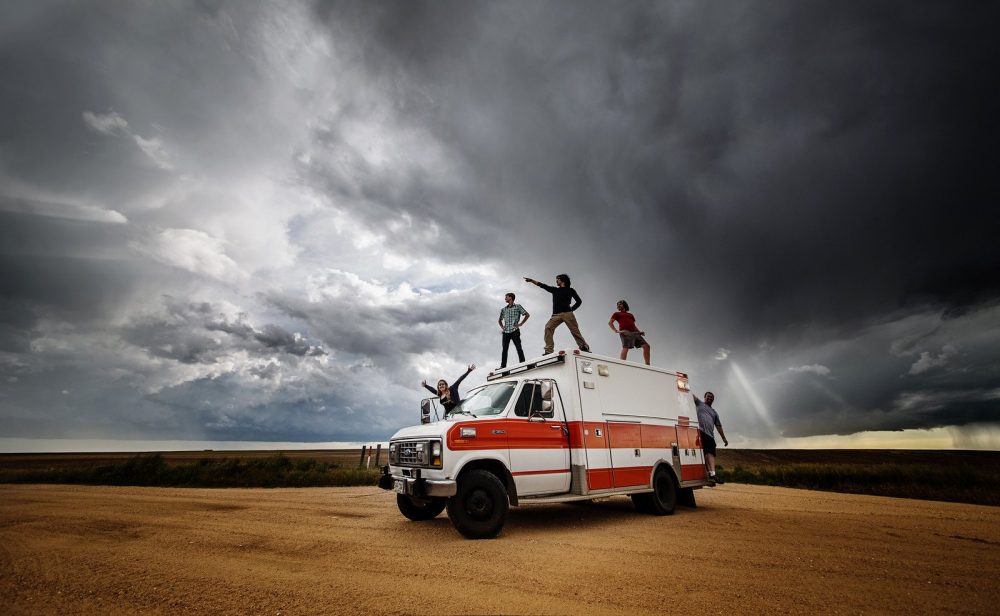


Trackbacks/Pingbacks